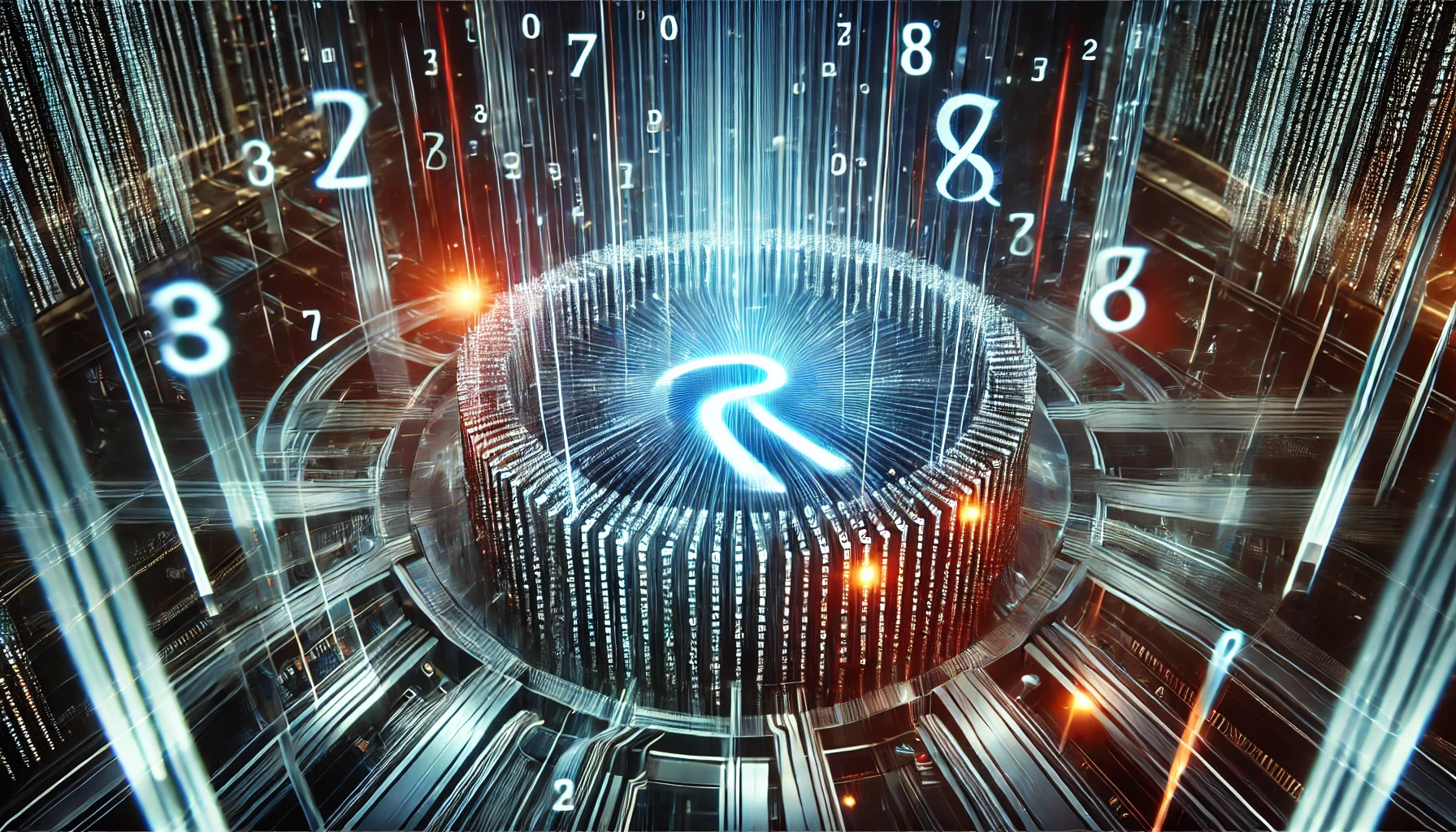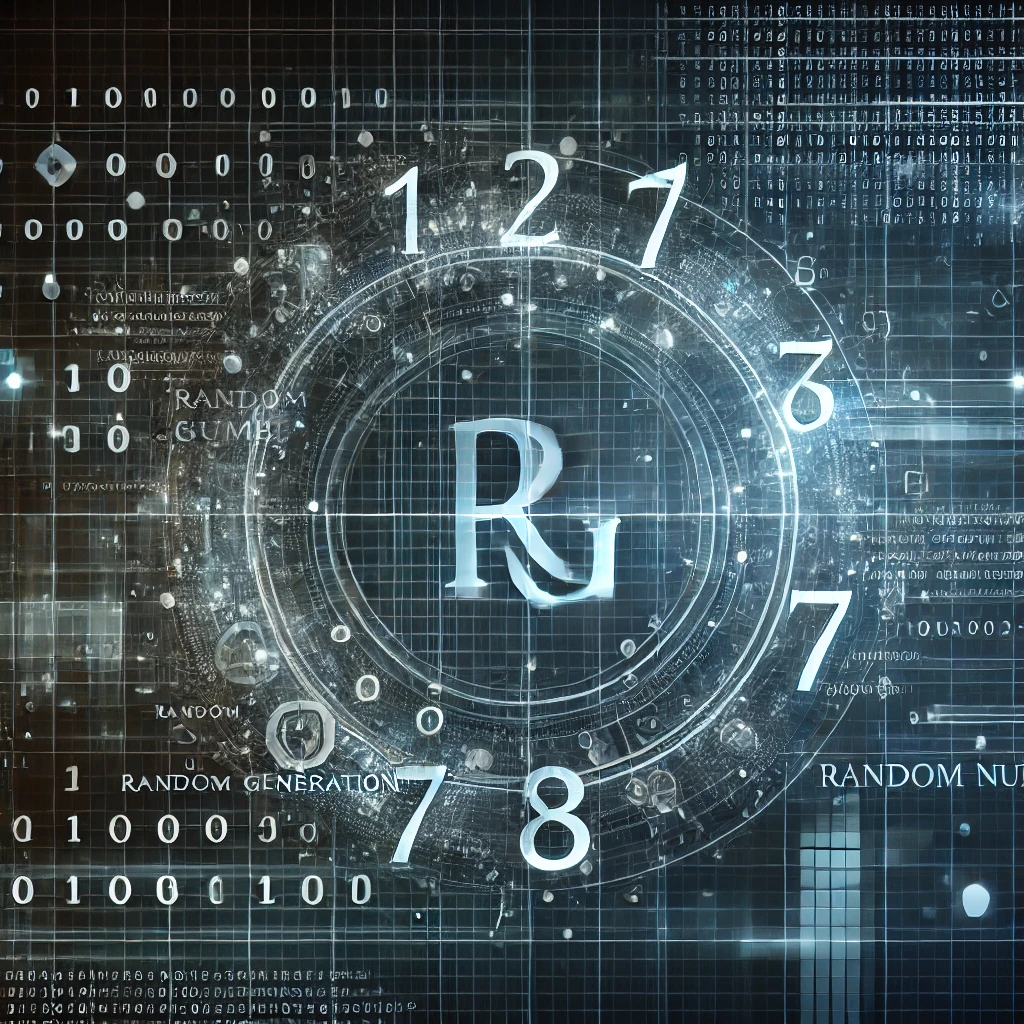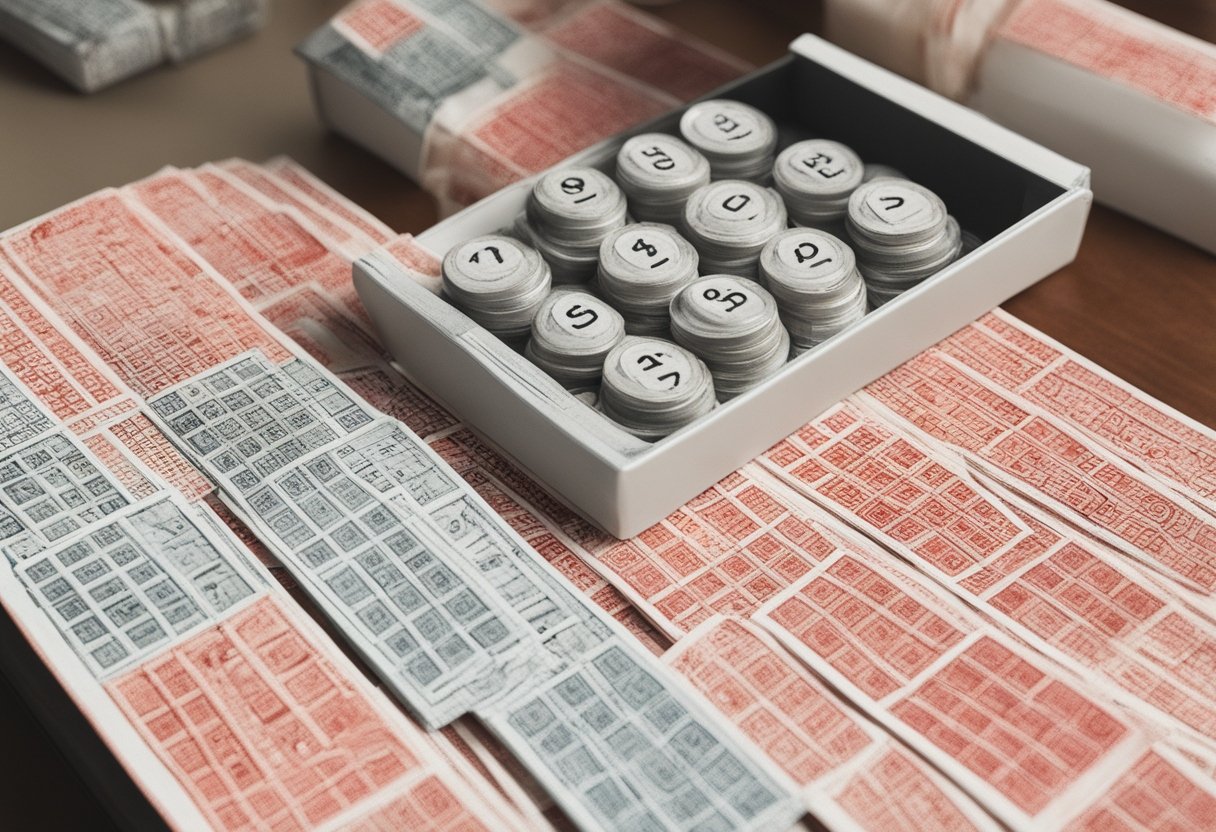In an increasingly digitized world, randomness is essential for various applications, from cryptography and secure communications to gaming and simulations. While computers excel at performing repetitive and predictable tasks, generating truly random numbers is more complex. True Random Number Generators (TRNGs) represent a solution that provides genuine randomness, based on physical phenomena, rather than the algorithmic “pseudo-randomness” most common in computers. In this article, we’ll explore what TRNGs are, how they work, their advantages and limitations, and their most critical use cases.
What is a True Random Number Generator (TRNG)?
A True Random Number Generator (TRNG) is a device or system that generates random numbers by measuring unpredictable, physical processes from the environment. Unlike Pseudo-Random Number Generators (PRNGs), which rely on mathematical algorithms to simulate randomness, TRNGs rely on natural phenomena, which are inherently chaotic and impossible to predict.
Physical Sources of TRNG
TRNGs are based on physical processes that are considered genuinely random. These processes vary, but common examples include:
- Thermal Noise: Also known as Johnson-Nyquist noise, this is the random fluctuation of electrical current in circuits caused by the movement of electrons. Since the behavior of these electrons is chaotic, measuring the noise they create offers a source of randomness.
- Radioactive Decay: The breakdown of unstable atomic nuclei is inherently random and cannot be predicted. TRNGs can measure the radiation emitted by these decaying particles to generate random numbers. However, due to the nature of radioactive material, this method is less commonly used for consumer or commercial purposes.
- Photon Emissions in Quantum Systems: In quantum mechanics, certain events, such as the emission of photons, are random. TRNGs can measure the behavior of subatomic particles in quantum states to capture truly random numbers.
How TRNGs Differ from PRNGs
To fully appreciate the value of TRNGs, it’s important to understand the difference between True Random Number Generators and Pseudo-Random Number Generators (PRNGs):
- PRNGs: PRNGs generate numbers using a deterministic algorithm. They start with an initial value, called a seed, and use mathematical formulas to produce a sequence of numbers that appears random. However, if the seed and the algorithm are known, the entire sequence can be reproduced. This predictability makes PRNGs unsuitable for applications where security is paramount.
- TRNGs: In contrast, TRNGs produce randomness by tapping into inherently unpredictable physical phenomena. The numbers they generate cannot be reproduced, even if the initial conditions are known, making them ideal for situations where true unpredictability is critical, such as in encryption and secure communications.
Key Differences:
| Aspect | TRNG | PRNG |
|---|---|---|
| Source of Randomness | Physical processes (thermal noise, radioactive decay) | Mathematical algorithms |
| Predictability | Completely unpredictable | Predictable if seed and algorithm are known |
| Speed | Slower due to reliance on physical processes | Faster, due to algorithmic computation |
| Applications | Cryptography, high-security applications | Simulations, gaming, non-security tasks |
Use Cases of TRNGs
1. Cryptography
One of the most critical uses of TRNGs is in cryptography, particularly in the generation of encryption keys. In cryptographic systems, secure communication depends on the unpredictability of the keys used to encrypt and decrypt data. A weak or predictable key can compromise the entire system. TRNGs are favored in cryptographic applications because they produce genuinely unpredictable numbers, reducing the risk of a security breach.
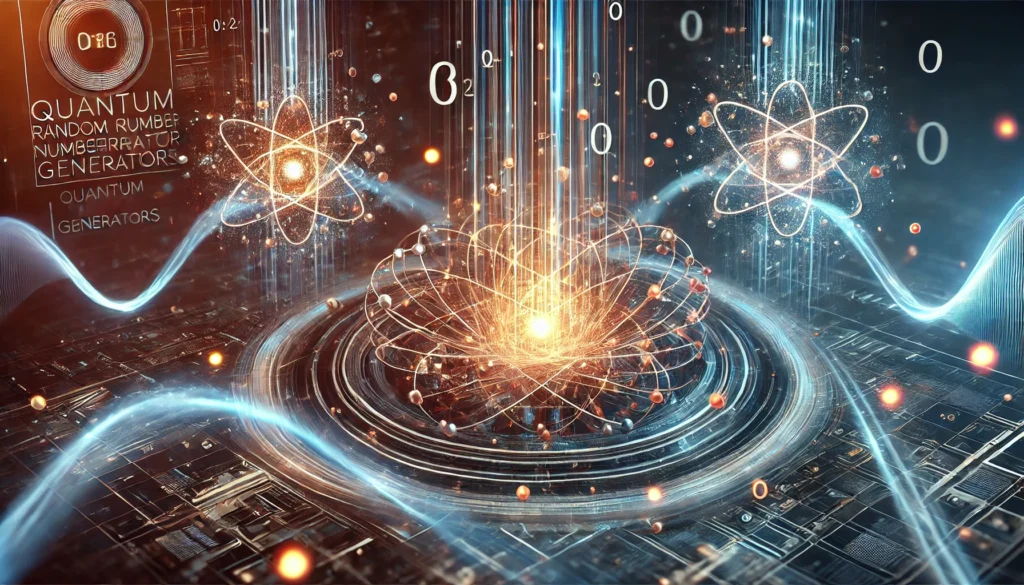
For example:
- Encryption Key Generation: Cryptographic algorithms like RSA and AES require random numbers to generate secure encryption keys. The randomness ensures that the keys are unique and unpredictable, making it impossible for attackers to reproduce them.
- Secure Session Keys: In secure communications protocols such as SSL/TLS, random numbers are used to generate session keys, which are valid for the duration of a connection. TRNGs help ensure that each session key is completely unique, securing data exchanges between users.
2. Secure Communications
TRNGs are critical in ensuring that communication channels remain secure. In situations where sensitive information is shared, such as in government, military, or financial systems, TRNGs provide the level of unpredictability required to safeguard data from eavesdropping or unauthorized access.
For example:
- VPNs and Secure Messaging Apps: These systems rely on the secure generation of random numbers to encrypt communication channels, ensuring that data transmitted cannot be intercepted and decrypted.
- Digital Signatures: TRNGs play a role in creating digital signatures, ensuring that each signature is unique and cannot be forged.
3. Lotteries, Gambling, and Fairness
TRNGs are also used in applications where fairness and unpredictability are critical, such as in lotteries and online gambling. In these settings, any predictability can be exploited to manipulate outcomes. By using TRNGs, casinos, lotteries, and gaming platforms can ensure that results are truly random and unbiased.
4. Scientific Simulations and Research
In fields like physics, biology, and engineering, scientific models often rely on randomness to simulate real-world phenomena. While PRNGs are sufficient for most simulations, in some cases, true randomness is required, particularly in experiments where the random input can influence the outcome significantly.
Advantages of TRNGs
1. Unpredictability
The primary advantage of TRNGs is their true unpredictability. Since the random numbers are generated from physical phenomena that are inherently unpredictable, they cannot be reproduced, making TRNGs ideal for applications where security and randomness are paramount.
2. Security
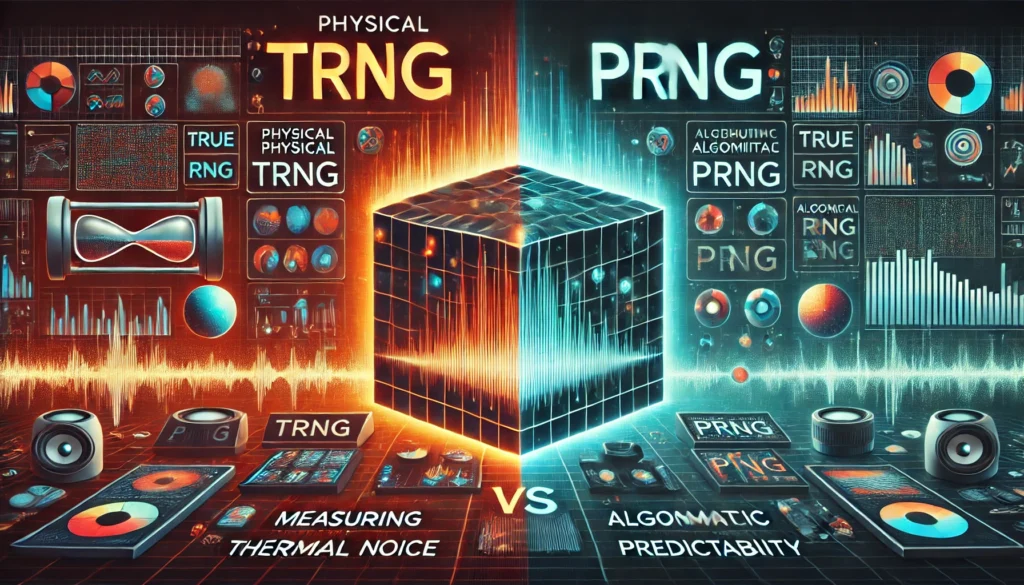
In cryptography and other security-sensitive applications, using a TRNG significantly reduces the risk of attack. Because the randomness is not algorithm-based, attackers cannot reverse-engineer or predict the numbers generated, ensuring secure encryption and data protection.
3. Reliability in High-Security Environments
TRNGs provide the level of randomness required to meet the high standards of security protocols used by governments, financial institutions, and defense organizations. Their use in secure communications and encryption ensures that sensitive data remains protected from threats.
Limitations of TRNGs
1. Speed
TRNGs are generally slower than PRNGs because they rely on physical processes rather than mathematical calculations. For applications that require large amounts of random numbers quickly, such as gaming or simulations, PRNGs are often a better choice.
2. Cost
TRNGs require specialized hardware to measure physical phenomena like thermal noise or radioactive decay. This makes them more expensive than software-based PRNGs, which can run on any computer without additional hardware.
3. Environmental Sensitivity
TRNGs can be influenced by environmental factors like temperature, humidity, or electrical interference. If not properly shielded or calibrated, these factors can introduce biases into the randomness, which can compromise the quality of the generated numbers.
The Future of TRNG in Quantum Computing
As technology advances, the future of True Random Number Generators lies in the field of quantum computing. Quantum systems, by their very nature, operate based on principles of uncertainty and superposition, making them ideal for generating truly random numbers. Quantum Random Number Generators (QRNGs) take advantage of this inherent randomness, providing a higher level of unpredictability than traditional TRNGs.
How QRNGs Work
QRNGs generate randomness through quantum processes, such as the measurement of quantum states or the behavior of photons. For example, a QRNG might measure the spin of an electron or the polarization of a photon, both of which are inherently random according to the laws of quantum mechanics.
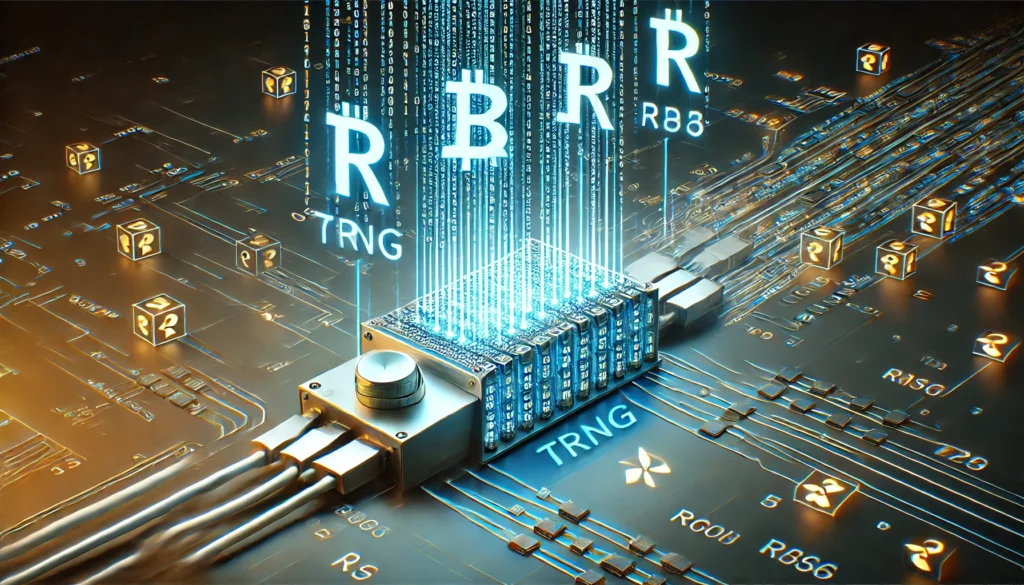
Future Applications of QRNGs
- Quantum Cryptography: As quantum computing becomes more mainstream, QRNGs will play a crucial role in developing quantum cryptographic systems. The randomness they provide will be key to creating unbreakable encryption techniques.
- Blockchain and Decentralized Systems: As blockchain systems grow, QRNGs will be essential for generating the randomness needed for consensus mechanisms and secure smart contracts.
- AI and Machine Learning: QRNGs may be used in future AI models to enhance the randomness needed for stochastic algorithms and learning processes.
Conclusion
True Random Number Generators (TRNGs) represent a vital component in the world of cryptography, secure communications, and fairness-sensitive applications like gambling. By leveraging unpredictable physical phenomena, TRNGs offer a level of randomness that is impossible to replicate with algorithmic methods like PRNGs. While TRNGs come with limitations such as cost and speed, their security advantages make them indispensable in applications where unpredictability is non-negotiable.
As we move towards a future where quantum computing plays an increasingly larger role, TRNG technology will evolve, with Quantum Random Number Generators (QRNGs) leading the way. Whether in cryptography, blockchain, or AI, the need for true randomness will only grow, solidifying the importance of TRNGs in both present and future applications.
